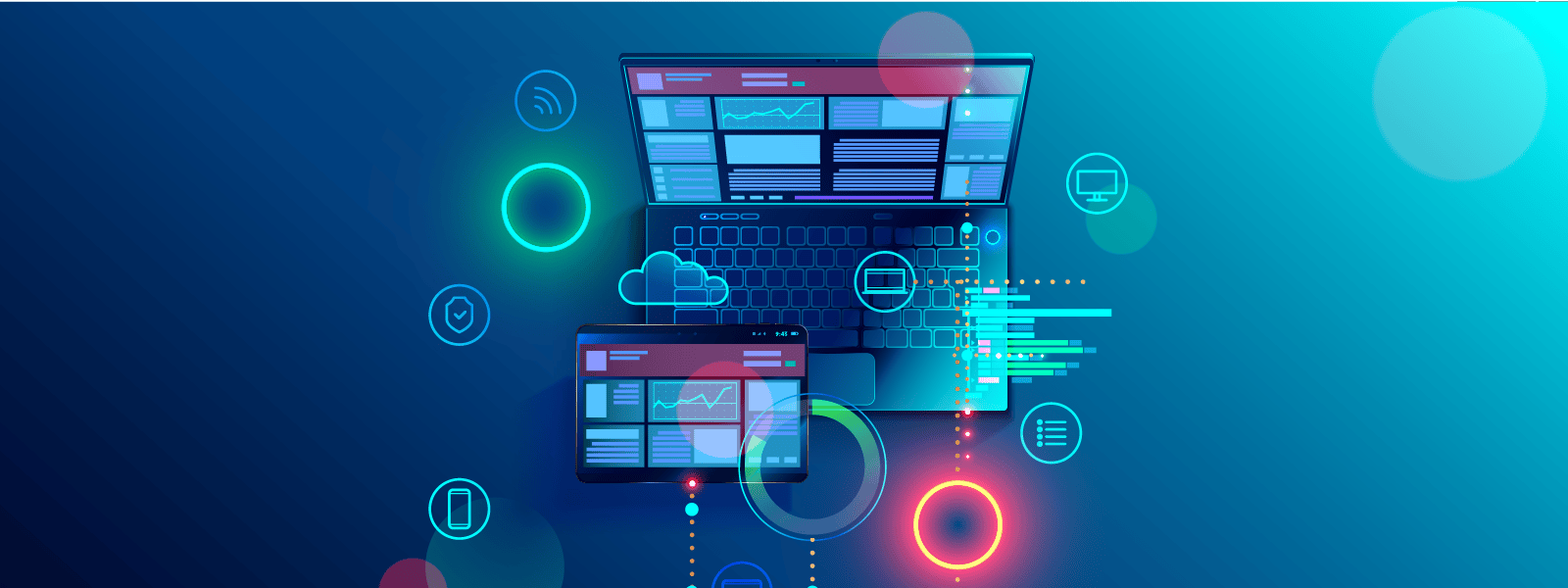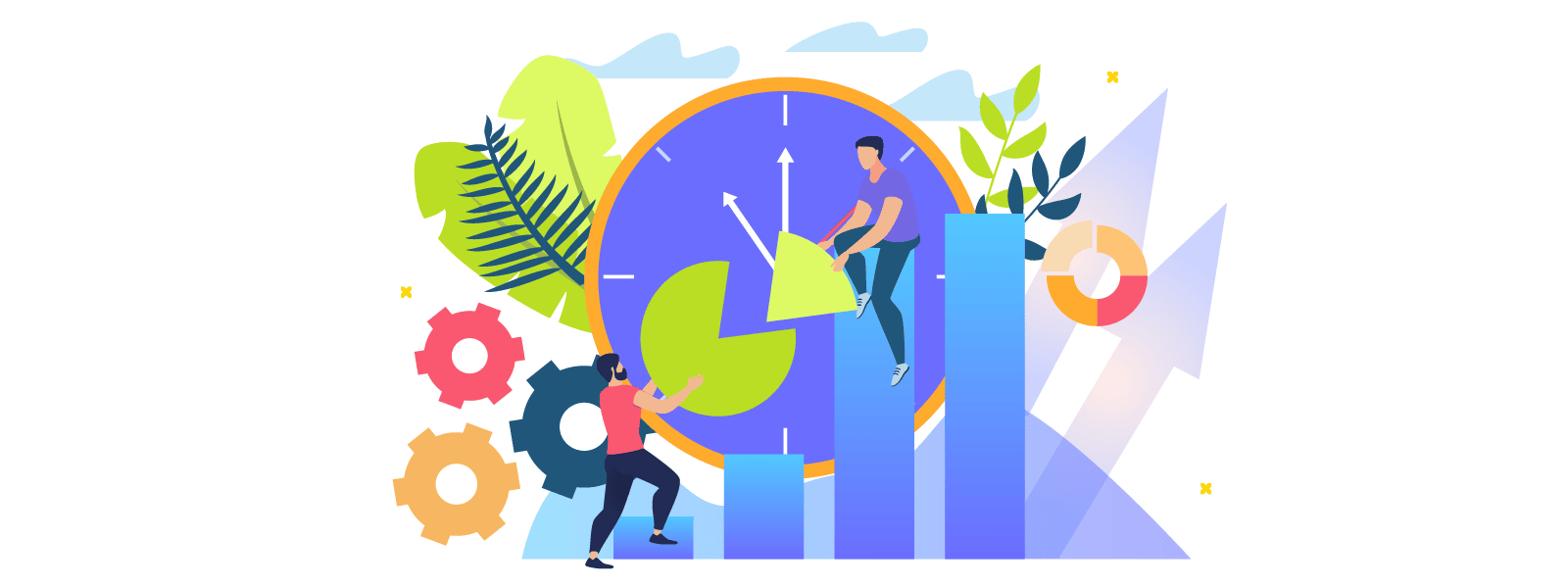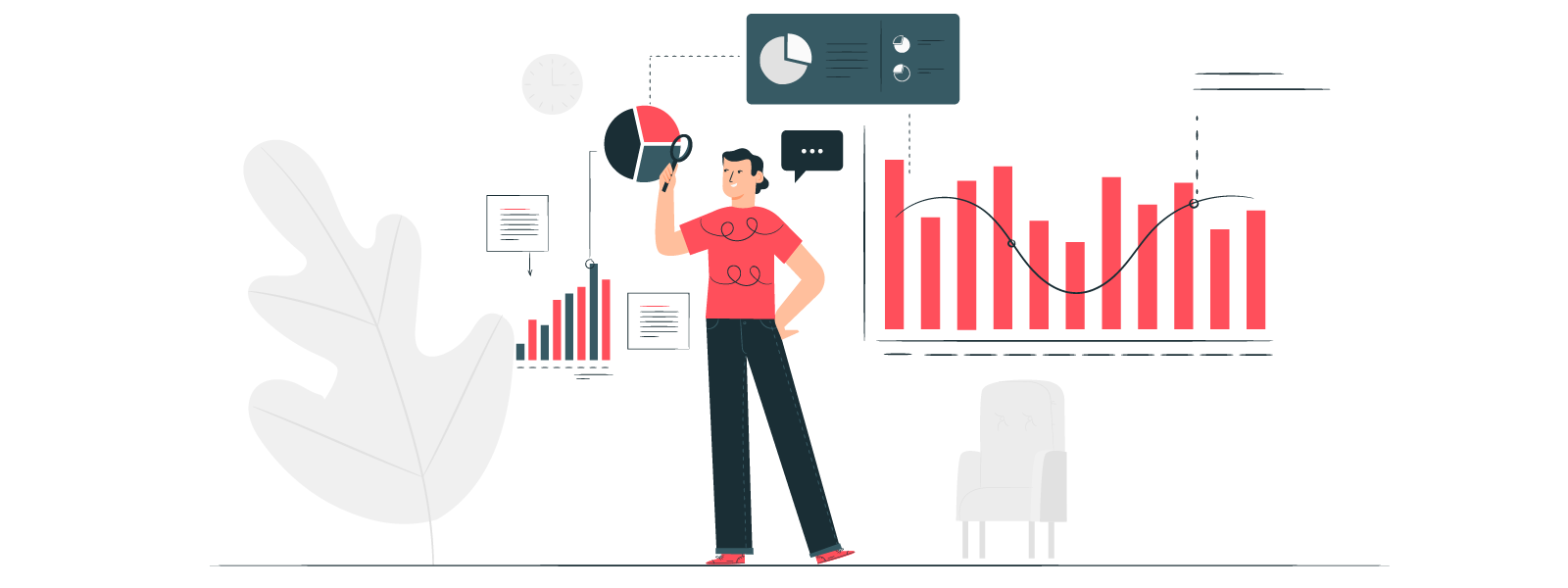
Citizens’ demands have increased over the years, and government institutions are working hard to meet them. They have invested in different software to resolve citizen problems better, improve efficiencies, and improve experiences.
Over the years, the institutions invested in customer relationship management systems, accounting software, business process management software, and many others.
But something else happened with time: the institutions have amassed dozens of applications operating in multiple tiers on different operating systems.
The public, private businesses, and other agencies, on the other hand, want seamless experiences when they access or interact with the government. They don’t really care how many systems you have to run to provide them with a permit. They just want that permit quickly.
And they know it can be done.
To support all the processes, institutions need to integrate their systems. System integration provides an efficient, reliable, and secure data exchange between the many solutions an organization runs.
You may think that simply having those solutions installed is the biggest step. That used to be the case years ago.
But with increased reliance on digital systems comes greater responsibility. Remember the classic images of public offices that were crammed and filled with scattered files and tons of paper?
Imagine the same thing but in the digital world.
When the various systems an organization uses don’t ‘speak’ to each other, digital clutter happens.
However, when you integrate those solutions, and they speak to each other seamlessly, things change.
This is a preview of how government institutions look before and after adopting integration:
1. Improved processes

Before integration, government employees have to deal with hierarchies, limited resources, and departmental bureaucracies.
These conditions mean that the employees have limited access to information, which leads to erratic and uninformed decisions. A disconnect appears between the public servants working directly with the public and the decision-makers.
The result is slow decision making and services that are inefficient. The institution is disorganized and becomes wasteful in terms of resources. Constituents then get a very poor perception of government services.
Integrating software has made it easy for employees to share data and access it from different channels and devices at any time of the day. It makes access to government programs and services easy for citizens and makes the programs efficient.
Employees also get to enjoy their work, which in turn boosts their morale and productivity.
Integrating a CRM system like Salesforce or Zoho with other third-party apps, for example, helps institutions gauge their performance, identify new ways of providing services to citizens, identify gaps in service delivery, and increase access to citizens.
2. Budget planning for the right programs

When operating in silos, it becomes hard to gain insights into data collected from ERP applications and Excel sheets. Just think about how hard it is for the financial department to present yearly reports with data gathered from all over the institution’s documents. Not to mention getting any actionable insights from those reports.
The employees from different departments may not understand these reports or how to utilize them to make services better.
With integration, the different departments and policymakers can access data on real public needs to develop appropriate programs. They understand how citizens are using public services across sectors, therefore improving the coordination and integration of services for citizens.
Integration leads to real-time data and analytics. In turn, these help policymakers make more informed decisions. They can make improvements to public services, evaluate them, and identify areas where citizens are benefiting the most and where they are not. It allows for correct assigning of budgets to the right programs and services.
For instance, a Netsuite integration helps governmental organizations drive smarter decision making, and improve the planning process with budgeting, intuitive planning, and forecasting. Integration fosters transparency in government, which improves citizen trust. Currently, trust in government is really low — 36 percent of citizens don’t feel fully represented.
3. Coordination of services

There is a tendency for different departments to keep their data to themselves and not share it with other departments. The employees will use the data to differentiate themselves from others, to show their department is better. While workplace competitivity isn’t always a bad thing, in this case, it can lead to silos caused by a lack of communication between departments.
With collaboration, employees from different departments can access real-time data. Integration encourages collaboration and communication between departments, which turns into better service delivery.
Governments must, therefore, have an integration strategy that involves training and educating employees across all departments on how to collect data and make informed decisions from the data collected.
Without integration, employees store data in various locations — this is how silos appear. They also don’t share information and don’t understand how they are supposed to handle it. The most challenging aspect of digital change is workforce skills.
Lack of skills means that data will be interpreted inappropriately, leading to inaccuracies. By integrating your systems, you only have to train employees on one system, which increases the chances of adoption and proper data analysis.
Integration of government services encourages employees to collaborate, makes their work easier, and provides them with the right tools. It makes it easier for them to provide better services to constituents while still increasing their productivity and innovative abilities.